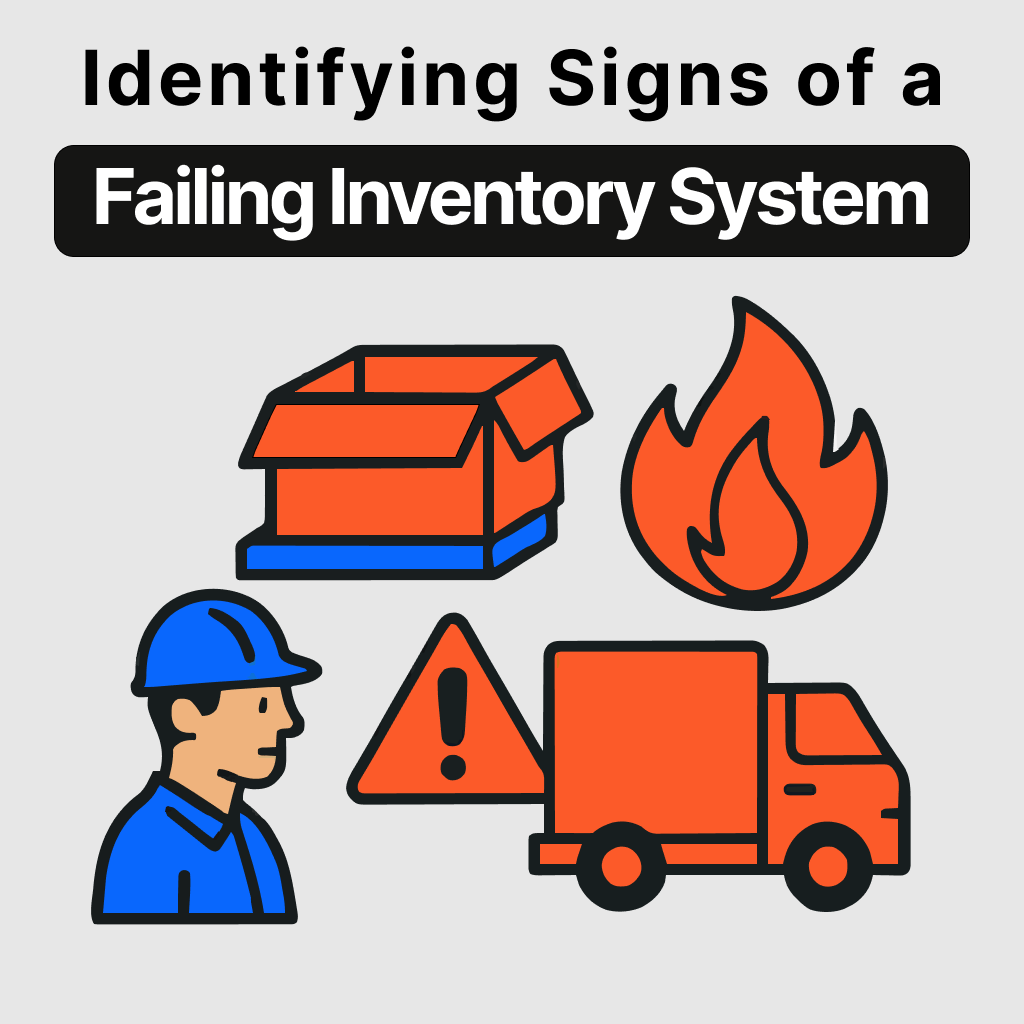Step 3: The Scramble to Reorder
Now, an urgent reorder is needed. That means:
- Checking vendor lead times.
- Weighing the cost of rush shipping.
- Calling suppliers, hoping they have stock.
If it’s a common item, maybe you can get it tomorrow. If it’s specialty? You’re looking at a week or more.
Meanwhile, that job gets put aside.
Step 4: Downtime & Workflow Disruptions
With no screws, the team pivots to another job. But switching tasks isn’t instant:
- You spend time reorganizing the workspace.
- The team shifts focus, getting briefed on the new job.
- Tools and materials are swapped out.
Two days later, the screws finally arrive! Crisis over? Not quite.
In the meantime, another part quietly stocked out. The cycle starts again.
Stop Stockouts Before They Start
Lorem ipsum dolor sit amet, consectetur adipiscing elit. Suspendisse quis orci nec diam iaculis cursus. Curabitur fermentum lorem nec posuere egestas.
Make Free Reorder CardsStep 5: The Real Costs of a Stockout
The damage isn’t just lost time, it’s financial:
Rush shipping fees: Paying extra to fix an avoidable problem.
Idle labor: Workers waiting instead of working.
Task switching inefficiencies: Every pivot adds overhead.
Unhappy customers: Delays ripple into missed deadlines.
A stockout isn’t just an inconvenience. It’s an expensive, preventable problem.
How to Stop Stockouts Before They Start
Traditional ERPs demand constant manual updates, one mistake, and you’re out of luck. Instead of tracking every screw, Arda uses a simple Kanban-based Order Card system to ensure parts are reordered before they run out.
- No spreadsheets to update.
- No surprises when starting a job.
- No wasted time scrambling for missing parts.
Stockouts aren’t a mystery. They follow a predictable (and painful) pattern. The best way to avoid them? Make reordering effortless.
That’s what Arda does.
%201.svg)








.svg)














.svg)
.svg)

.svg)